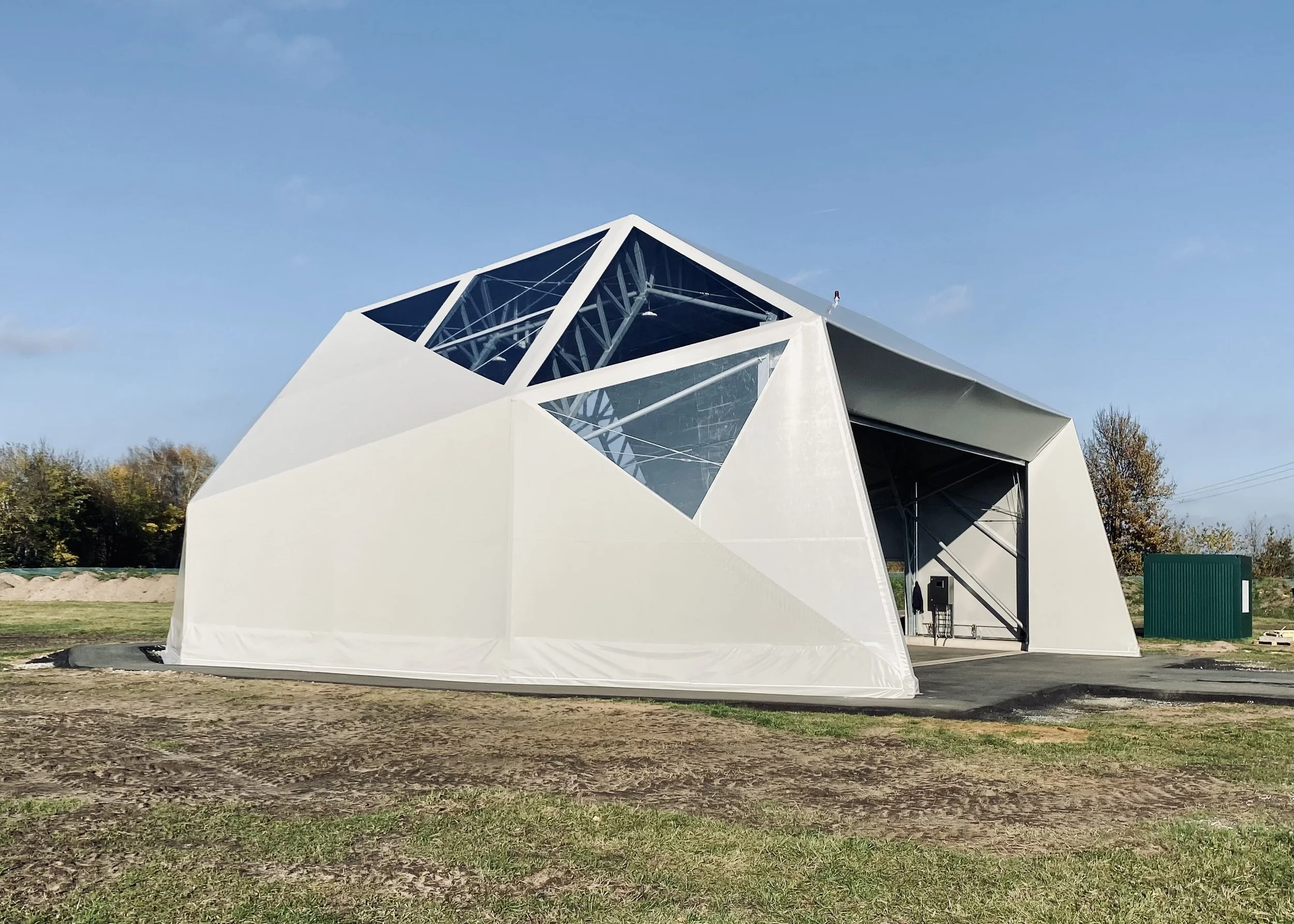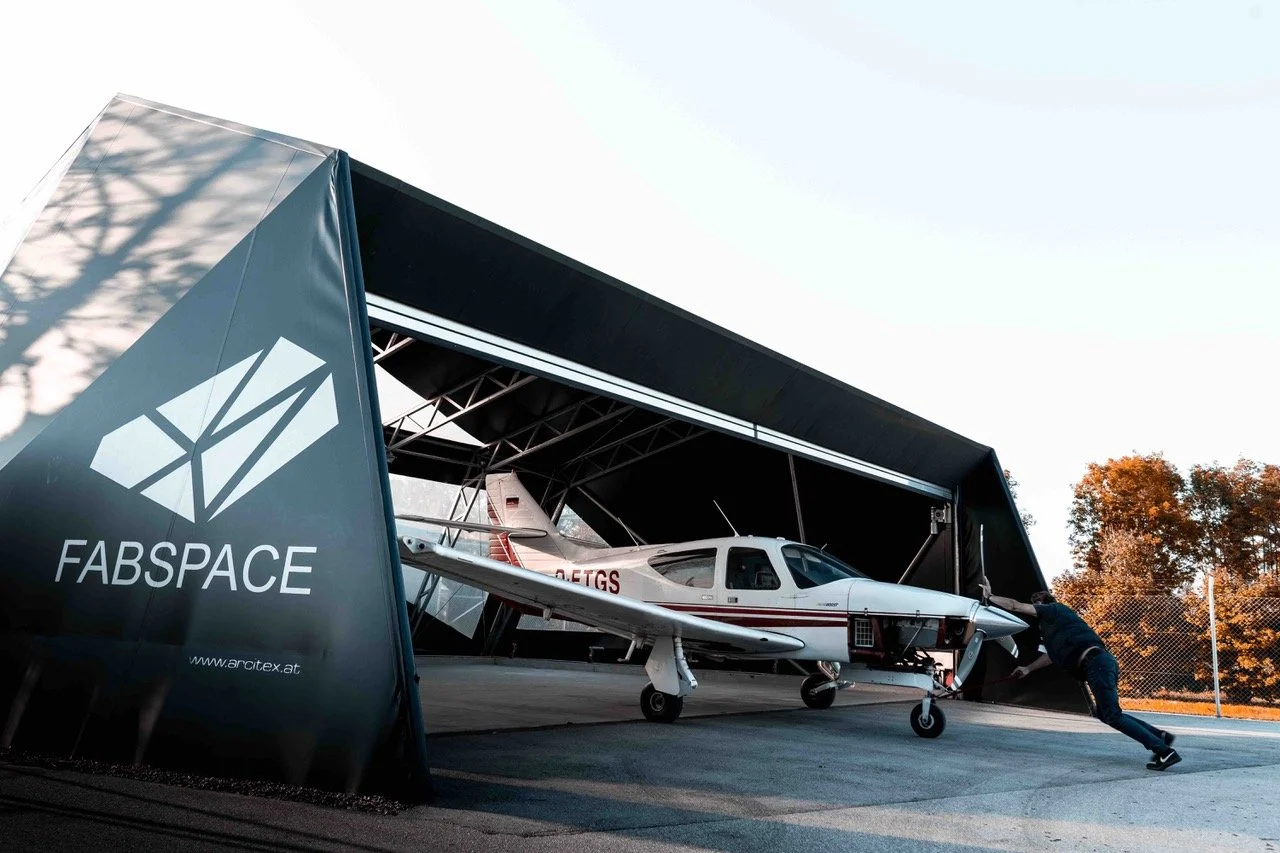Light Aircraft appointed Australian/NZ representative of Mototok Germany for the marketing of their comprehensive range of extremely powerful electrical motor tugs for use by international FBOs, MROs, aircraft manufacturers, special forces, airports, airlines, navy, military, industrial companies, businessmen and individuals with their own fleet.
Mototok will be at Dubai Airshow, 17 - 21 NOVEMBER 2019, DWC, DUBAI AIRSHOW SITE
Mototok will again have a presence at the Dubai Show, and be located at Stand/Chalet/Pavilion: 610.
Please come by and take a look, if time is limited we would be pleased to arrange an appointment.
Globalsys and Mototok attending Inter Airport 8-11 October Munich Germany
Globalsys will again display at Inter Airport Stand: 620, Location: Hall B6
Mototok will also be present at Stand 500, Location: Hall B6 and Stand B40, Location: Outdoor
Please let us n=know if you require a meeting with either company if your time at the exhibition is limited.
SECUMAR attending SAFE 57th Annual Symposium October 2019
SECUMAR will again be attending the SAFE Association Symposium in Reno, Nevada on October 14-16, 2019. SECUMAR will have Stand 116, and be pleased to welcome interested Defence Staff.
DSEI London 2019: Light Aircraft visiting company Stands
Light Aircraft Suppliers “BLÜCHER” and “ELNO” have advise that they will be again having Stands at DSEI (London) 10-13 Sept., 2019. Clients interested in making appoints to meet should contact us.
“BLÜCHER” will be at Stand N3-372 and “ELNO” at Stand N7-415. ISOVAC Products (USA) will also be in attendance only 11 & 12 September, and meetings can be arranged at a suitable location.
Light Aircraft Staff will be in attendance.
Other suppliers, Globalsys, Helitracking and SECUMAR have now also indicated their potential attendance and would also be available for meetings, so please contact us should there be interest to meet their representatives.
Portable Isolation Unit: Coast Guard-Developed System for Evacuating Infectious or Contaminated Patients
The Ebola outbreak of 2014-2015 was notable for a number of important reasons: it was the largest outbreak in history, there were affected Americans (both overseas and domestically), and it was the catalyst for the development of new capabilities that could help transport infected or potentially infected people. One such capability is the Department of Defense’s Transportation Isolation System (TIS) that was featured in the March 15, 2019 issue of Global Biodefense.
Another critical solution was the U.S. Coast Guard-developed Portable Isolation Unit (PIU), manufactured by ISOVAC Products and formerly known as the Operational Rescue Containment Apparatus (ORCA®). This was specifically designed to be used in situations involving a rotary-wing maritime evacuation and will allow infected (or potentially infected) patients to be transported without risk of contaminating the aircrew or aircraft. Due to this mission, it was designed to be used with stokes litter and NATO litter, among others.
The PIU is an FDA-approved positive-pressure device that utilizes a powered air-purifying respirator to supply air to the patient while filtering the exhaust air through a CBRNE cartridge. As a positive pressure apparatus that can filter inlet and exhaust air the PIU can withstand the mechanical force or rotor wash at hover during the hoist phase or rotary wing casevac/medevac evolutions. This is an important aspect of the design that enables its safe use in a variety or challenging operations and environments. The unit is battery operated and capable of running continuously for 4 hours. The PIU is constructed from Gore’s ChemPak® membrane barrier that is utilized in other CBRNE individual protective items. A window is installed for patient visibility and is supported by two flexible rods to prevent contact with the patient’s head and face. Glove ports present on both sides of the PIU are manufactured with Gore’s UltraBarrier® material and allow for limited patient interaction with rescue personnel. As a single-use item, the PIU contains the infectious agent or hazardous chemical contaminant during transport, which after use, is decontaminated for final disposal.
Although the PIU was originally designed as containment for Ebola and other airborne infectious diseases, the PIU has undergone extensive testing and offers protection against both biological and chemical agents. Additional testing was conducted to ensure the transported patient would be as comfortable as the situation allows.
The PIU was developed in response to an air medevac scenario that posed unknown risk to the crew and aircraft, such as a cruise ship passenger off the U.S. who was suspected of being exposed to an airborne infectious disease with no known treatment. This scenario happened in 2014 when a nurse who had previously treated an Ebola patient who traveled from Monrovia, Liberia to Dallas, was a passenger on a cruise ship. The ship was not allowed to dock in Belize or Mexico with her aboard and public health authorities in Texas would not allow the cruise ship to return to the original port of embarkation. Using this capability, a Coast Guard helicopter carrying a team specially trained on the PIU could fly out to the cruise ship, medevac the passenger from the ship, and provide transport to a treatment facility for testing and/or medical care, avoiding costly delays and potential exposure of other passengers.
The Coast Guard PIU provides additional, unique capabilities that other isolation systems lack. The PIU fills a niche in getting casualties from an operational environment to a treatment facility or to a transportation hub or airport. In this scenario, the PIU may serve as an auxiliary capability supporting the TIS because it helps to get contaminated or potentially infected patients from the operational environment (battlefield) or hospital for continuing transportation without contaminating ambulances, rotary wing casevac/medevac aircraft or airport infrastructure.
Developing capabilities such as the PIU allow the Coast Guard to stay “Semper paratus” when faced with chemical or biological threats.
Delivery of Airlink 2085 to Qantas
Qantas Engineering acquire Airlink 2085 for Engineering purposes at their LAX location.
Delivery of Blucher Saratoga boots to DoD
Large reorder of Blucher “Saratoga” CBRNE Boots for Australian DoD.
Delivery of Globalsys Headsets to Cathay Pacific Airways.
Cathay Pacific Airways acquire Globalsys Wired Headsets HEA371 for their Melbourne Port after evaluations.
28 years delivering SECUMAR Lifejackets to Australian DoD
Continued ordering of SECUMAR AUSII Lifejacket Spares for Australian DoD
Next generation delivery of Globalsys headsets for Qantas Engineering
Qantas Engineering purchase over qty 200 sets of new version Globalsys Airlink 2085 wireless headsets for use at their Australian major Ports, replacing the earlier version Airlink 2080 chosen back in July 2007 after extensive Australia wide trial.
Delivery of Undergarments, Socks and Gloves to Australian Aircrew
Large Delivery of BLUCHER “Saratoga” FR Undergarments/Socks/Gloves to Australian DoD for Aircrew
First delivery to Coulson Aviation (Canada)
Delivery of first Safeflight Powerline Detector to Coulson Aviation (Canada) for use by their helicopters during operations in Australia during Fire Season.
First delivery of Germfree CBRNE Containers
First delivery of Germfree CBRNE Containers to Australian DoD
Large delivery of Undergarments, Socks and Boots for Australian DoD
Large Delivery of Blucher “Saratoga” FR Undergarments/Socks/Boots to Australian DoD








